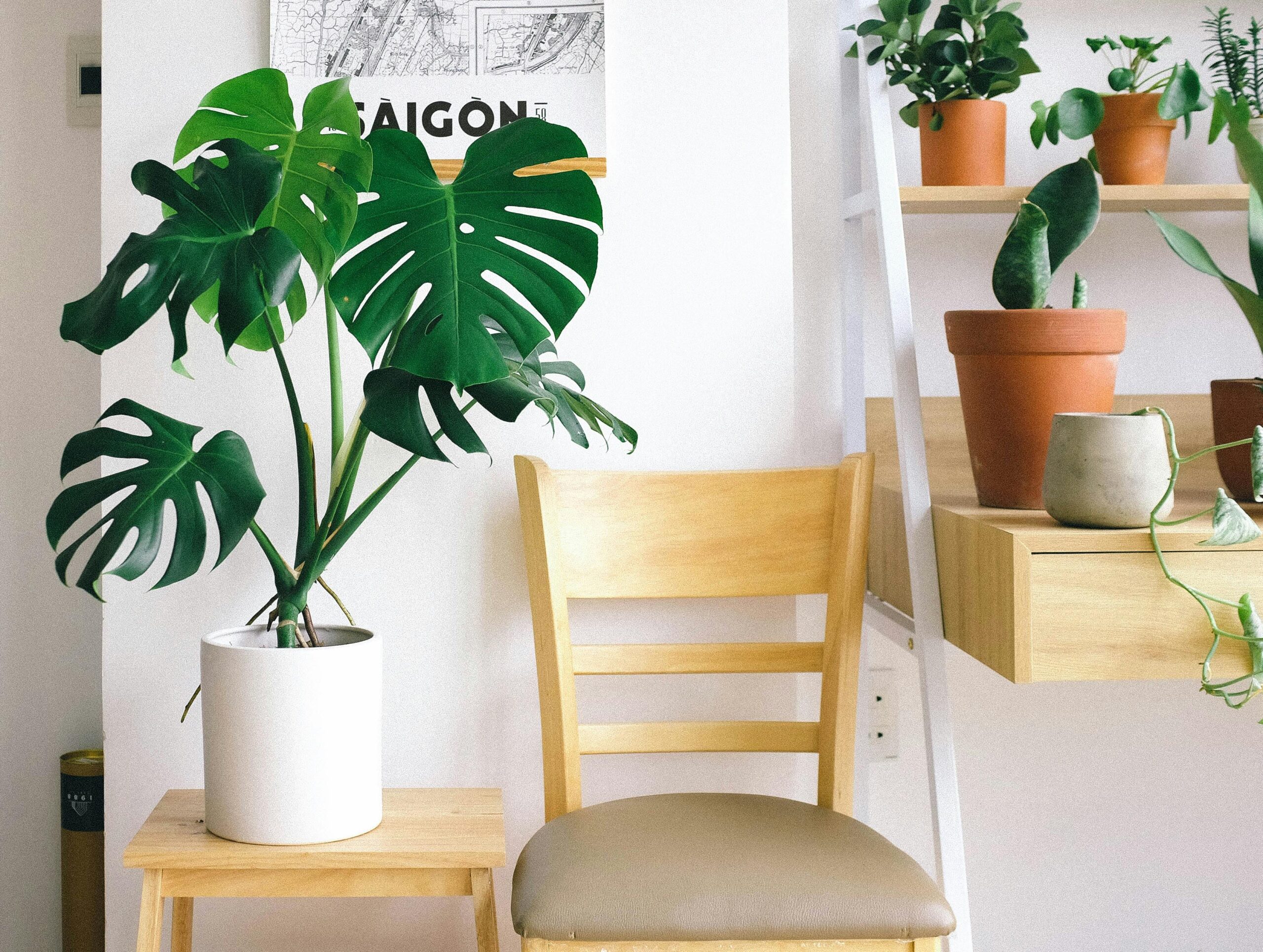Best Indoor Plants for a Healthier and Happier Home
Indoor plants are more than just pretty decorations—they purify the air, boost mood, and bring a sense of calm into your living space. Whether you live in a small apartment or a large house, adding greenery can transform your home into a healthier, more vibrant place. The best part? Many indoor plants are beginner-friendly and thrive with minimal care.
In this guide, we’ll explore the best indoor plants, how to care for them, common mistakes to avoid, and smart placement tips to keep your greenery thriving.
Why Indoor Plants Are a Must-Have
Caring for indoor plants isn’t just about aesthetics. Science has shown that plants have practical and emotional benefits, including:
- Air purification: Plants like snake plants and peace lilies filter toxins such as benzene, formaldehyde, and carbon monoxide.
- Boosting mental health: Studies reveal that greenery reduces stress and anxiety while improving focus.
- Adding natural humidity: Plants release moisture into the air, which is especially helpful in dry climates.
- Better sleep quality: Certain plants, like lavender and aloe vera, release oxygen at night, promoting restful sleep.
Best Indoor Plants for Beginners
If you’re new to houseplants, start with varieties that are hardy and forgiving. These plants can survive a little neglect while still looking beautiful.
1. Snake Plant (Sansevieria)
- Care needs: Low light tolerant, water once every 2–3 weeks.
- Why it’s great: Removes toxins, stylish upright leaves, nearly indestructible.
2. Pothos (Devil’s Ivy)
- Care needs: Thrives in low to medium light, water weekly.
- Why it’s great: Grows quickly, looks great in hanging baskets, easy to propagate.
3. ZZ Plant (Zamioculcas zamiifolia)
- Care needs: Very drought tolerant, survives low light, water every 2–4 weeks.
- Why it’s great: Shiny leaves, elegant look, thrives in offices or dark corners.
4. Spider Plant (Chlorophytum comosum)
- Care needs: Bright, indirect light; water once or twice a week.
- Why it’s great: Easy to care for, produces baby “spiderettes” you can replant.
5. Peace Lily (Spathiphyllum)
- Care needs: Moderate light, weekly watering.
- Why it’s great: Beautiful white blooms, excellent air purifier.
Indoor Plants That Improve Air Quality
If health benefits are your main goal, choose plants known for their air-purifying properties. NASA’s Clean Air Study highlighted these as top performers:
- Aloe Vera – Filters formaldehyde and benzene while also serving as a natural skin soother.
- Areca Palm – Adds humidity and filters toxins.
- Rubber Plant – Absorbs airborne chemicals and thrives in indirect light.
- Boston Fern – Removes pollutants while improving humidity levels.
How to Care for Indoor Plants
Taking care of houseplants isn’t complicated, but a few golden rules will make a huge difference.
Light Requirements
- Place low-light plants (ZZ plant, snake plant) in shaded areas.
- Medium-light plants (peace lily, pothos) thrive near windows with filtered light.
- High-light plants (succulents, aloe vera) need bright, direct sunlight.
Watering Basics
- The finger test: Stick your finger 1–2 inches into the soil. If it feels dry, water.
- Avoid overwatering—this is the #1 reason houseplants die.
- Use pots with drainage holes to prevent root rot.
Soil and Fertilizer
- Use potting mix designed for indoor plants (light and well-draining).
- Fertilize every 4–6 weeks during spring and summer.
- Reduce feeding in fall and winter when growth slows.
Temperature and Humidity
- Most indoor plants thrive in 18–24°C (65–75°F).
- Avoid placing them near heaters, radiators, or air conditioners.
- Mist tropical plants like ferns and palms to maintain humidity.
Common Mistakes to Avoid
Many beginners give up on indoor plants because of avoidable errors. Watch out for these:
- Overwatering: Roots suffocate when soil stays soggy.
- Too much direct sunlight: Leaves may burn, especially for tropical plants.
- Ignoring repotting: Plants outgrow pots; repot every 1–2 years.
- Not dusting leaves: Dust blocks light absorption—wipe leaves monthly with a damp cloth.
- Placing plants randomly: Each plant has unique light and water needs.
Styling and Placement Ideas
Indoor plants not only improve health but also serve as stylish décor. Try these ideas:
- Living room: Place a tall fiddle-leaf fig or rubber plant in a corner for a bold statement.
- Bedroom: Choose air-purifying plants like snake plants or lavender to promote restful sleep.
- Kitchen: Keep herbs (basil, mint, parsley) on sunny windowsills for cooking.
- Bathroom: Ferns and peace lilies thrive in the natural humidity.
- Workspace: Add a pothos or ZZ plant to your desk to reduce stress and boost focus.
Indoor Plant Maintenance Calendar
Keeping a schedule makes plant care easier. Here’s a quick guide:
- Weekly: Check soil moisture, dust leaves, rotate plants for even growth.
- Monthly: Fertilize (spring/summer), prune dead leaves.
- Seasonal: Repot if roots are crowded, refresh soil, adjust watering for climate.
Budget-Friendly Plant Care Hacks
Want thriving plants without spending much? Try these hacks:
- Banana peels: Chop and mix into soil for a potassium boost.
- Coffee grounds: Sprinkle lightly for nitrogen (great for ferns).
- Eggshells: Crush and add to soil for calcium.
- DIY self-watering system: Use a plastic bottle with small holes buried in the soil.
- Propagate for free: Snip pothos, spider plant babies, or succulents and grow new plants.
Conclusion
Indoor plants are the perfect combination of beauty and function. From hardy snake plants to air-purifying peace lilies, there’s a plant for every space and lifestyle. With the right care—light, water, and a little attention—you’ll enjoy a healthier, happier, and greener home.

No responses yet